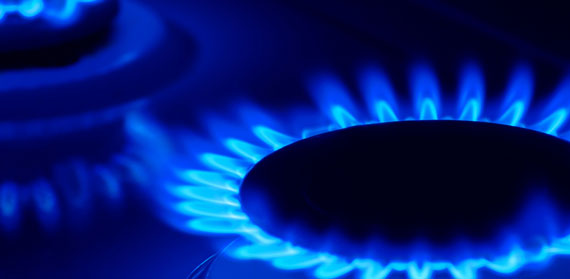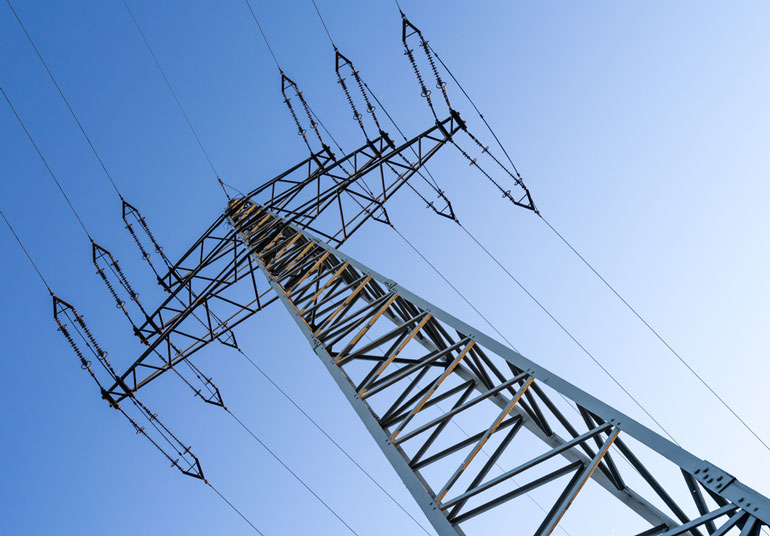Shutterstock
Guest post by Dr. Helen Roby, Centre for Business in Society
In October 2017, the Government published the Draft Domestic Gas and Electricity (Tariff Cap) Bill, with the premise that this would help to protect the most vulnerable and low-income customers from the high prices of Standard Variable Tariffs (SVT).
Energy tariffs work a bit like interest rates on a mortgage, where you can choose either a fixed rate for a fixed term or a rate that varies in line with interest rates, or in the case of energy, the wholesale market price, in other words the SVT. The Government’s argument for a price cap on the SVT is perfectly laudable, but will it actually help the most vulnerable and those on low income? Are there other ways that could be more effective?
Government statistics for 2017 show that households in fuel poverty rose by 0.4% between 2014 and 2015 to 2.5 million households, which is 11% of the population. The measure of fuel poverty is based on whether a household has fuel costs that are above the national median and if they were to spend that amount on fuel, they would be left with a residual income below the poverty line. Three factors combine together to influence fuel poverty; household income, household energy requirements and fuel prices. Those in fuel poverty are more likely to be in poorly insulated homes, often with solid walls and off the gas grid, which means their energy requirements are likely to be higher. Measures are already in place to improve the energy efficiency of homes, such as the Energy Company Obligation (ECO), which offers support funded by the big energy companies to make homes energy efficient and create affordable warmth. Historically, this was available for all, but recently the focus has shifted to those in fuel poverty, but there are challenges in getting those in greatest need to take up these offers. Another emerging trend is for a narrowing of the fuel poverty gap (the amount needed to meet the fuel poverty threshold) as incomes rise, particularly in the low-income groups. As fuel price is one of the determining factors it makes sense to look at these prices, however, the highest proportion of households in fuel poverty use pre-payment meters that are already price capped.
Shutterstock
This would suggest that capping SVT may not be the best way to support the vulnerable and low-income households. Indeed, questions have been raised by organisations such as Which? as to whether such a move could lead to prices being pushed up as a whole, as energy companies look at ways to maintain their profits. Encouragingly, what the draft legislation has started to do is to prompt some energy companies to look at their tariffs. One energy company is scrapping SVTs for those on smart meters, while another is suggesting that scrapping SVTs would be a better option than capping them.
If capping is not the best or only option, what other ways could be used to support those on low-income?
In a recent study funded by InnovateUK, CBiS researchers, Professor Sally Dibb and Dr Helen Roby, worked in partnership with SmartKlub, a smart energy SME, the Satellite Applications Catapult, Tech Mahindra, The Open University, Milton Keynes Council and Community Action MK, to look at what it takes to get communities involved in local energy projects. The Community Action Platform for Energy project has developed an interactive website offering a one-stop shop for communities to get involved in local energy projects. These community energy projects could involve bulk buying of energy, particularly useful for off gas grid properties looking to get better prices on heating oil, or help communities to take advantage of schemes such as ECO.
Other work by a CBiS researcher, Dr Helen Roby, working with The Open University to supervise a CGI funded PhD studentship, explores future energy scenarios, including an increased proportion of renewables in the energy mix. In 2017 two milestones were achieved in the supply of renewable energy in Great Britain. On one occasion In June, for the first time more than 50% of energy was supplied by renewable sources and if nuclear was also included, 72.1% of electricity in Great Britain was from low carbon sources. Then in September, UK offshore wind reached price parity with fossil fuels prices. Both these milestones are good news for those on SVTs. It means that Great Britain is becoming increasingly self-sufficient for energy and therefore less vulnerable to global energy price fluctuations affecting consumer prices. However, as the work in the PhD shows, there is still a lot to do before we reach a point where energy prices are less vulnerable to global energy markets. One important step is to increase levels of energy storage alongside renewables to ensure we still have energy at night or when there is little wind.
Future energy scenarios also see the importance of demand management through in home smart meters. These could allow consumers to choose cheaper tariffs by using energy at times of the day when prices are lower and ensure accurate bills by doing away with estimated bills. However, will the 66% of households on SVTs who have not changed tariff or supplier be interested in a higher level of engagement with energy tariffs? Perhaps the challenge the Government should really be addressing is to understand why these customers do not change tariff. With no clear data to show how many of these 66% of households are in fuel poverty or on low-incomes, it is difficult to know the causes of this inertia. At one level it could be poor literacy levels preventing switching, or at another level that for some, the price of energy is not a high enough proportion of their expenditure that taking the time to switch appears a valuable use of time with so many other competing demands.
The draft legislation to price cap SVTs is an interesting step by Government to help the most vulnerable and those on low-incomes and will undoubtedly cause more energy companies to think about their tariffs, but the legislation fails to address the root causes of fuel poverty or the reasons why so many households do not switch to cheaper tariffs.





Comments are disabled